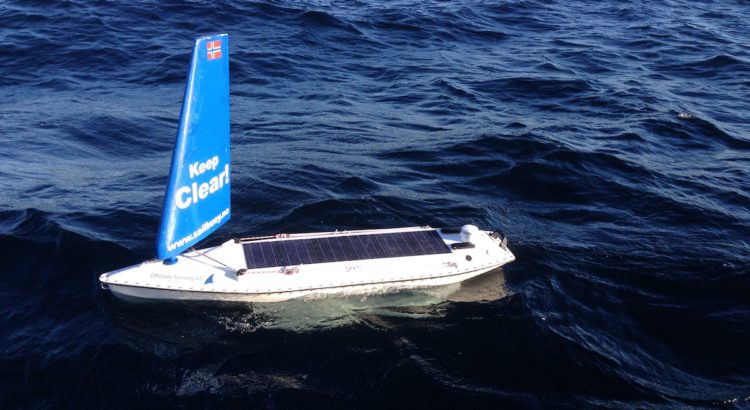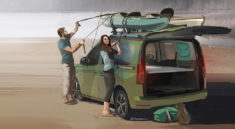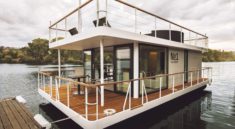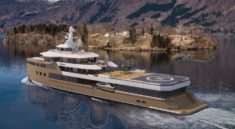For the first time in history, robots will attempt to sail across the ocean on their own. Small boats driven by a handful of microcircuits will have to fight for survival.
Eight small yachts will start in the unique Microtransat Challenge, which will take place this autumn. The start of this race is scheduled for the period between September 29 and October 5, 2008. The starting point is Viana do Castelo, Portugal. The finish line (according to the definition of the organizers of the race) is a segment of the meridian of 60 degrees west longitude, bounded by two parallels - 10 and 25 degrees north latitude.
So far, eight teams from the UK, France, Austria, Canada, Portugal and the USA have registered for the competition. Although the projects are at different stages of implementation, they already intend to compete for victory in the transatlantic race:
- robot Pinta of the Computer Science Department of the University of Wales at Aberystwyth University;
- the French Higher School of Aeronautical Engineers (ENSICA) and its IBoat machine;
- the Austrian Society for Advanced Computer Research (INNOC) and its Roboat apparatus;
- Most Autonomous Sailboat Team (MAST) at Queen's University;
- boat FEUP Autonomous Sailboat (FASt) of the Faculty of Engineering of the University of Porto (FEUP);
- Maryland-based Team Robotboat and its Mark III Robotboat;
- private American team Team Sayage;
- private team Portencross Boys from Glasgow.
In the event that not a single yacht reaches the coveted finish line, the winner of the competition will be declared the device, which, at the time of its retirement or the termination of the entire race as a whole, reaches the westernmost point among all applicants.
But even earlier, from 20 to 25 May 2008, in Austria on Lake Neusiedl (Neusiedl) will be held the international championship of yacht robots (World Robotic Sailing Championship 2008), organized by INNOC. For teams intent on throwing their robots into the waves of the Atlantic in the fall super marathon, May's competition will serve as a great test of machines and an assessment of the alignment of forces.
The robot-yacht contest was created by Marc James Neal of the University of Wales and Yves Brière of ENSICA. The first such competitions were held on one of the French lakes, as well as in the sea bay near the coast of Britain in 2006 and 2007. However, the transatlantic transition is a much more serious test for robots.
Mark Neal sees the durability and flexibility of robots in challenging environments as a big challenge. They should survive for two to three months without any support, but if they manage to make it to the finish line, this achievement will open up the oceans for environmental monitoring by robots. The sensors of such machines will measure the content of carbon dioxide in water, the concentration of chlorophyll and pollutants, atmospheric pressure and water and air temperatures. The collected data will be useful to scientists, as well as help specialists track the growth of plankton or oil spills. Robots will collect this information cheaper and faster than with current technology.




